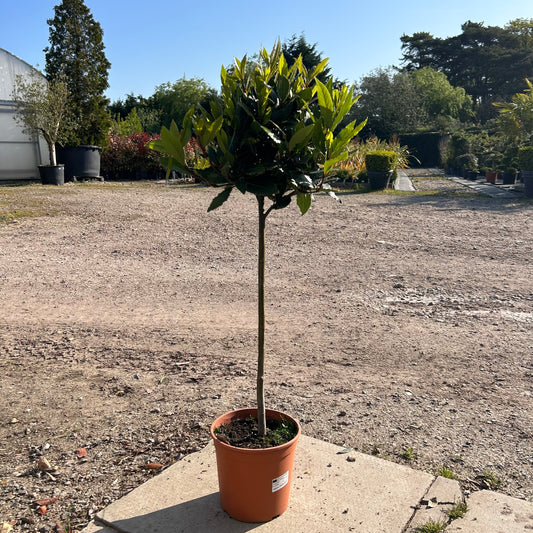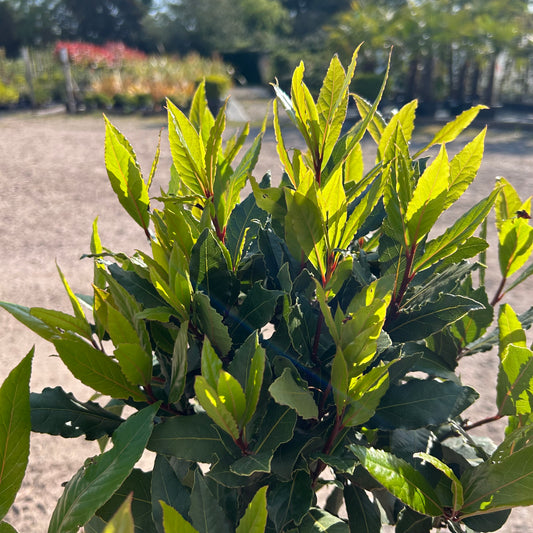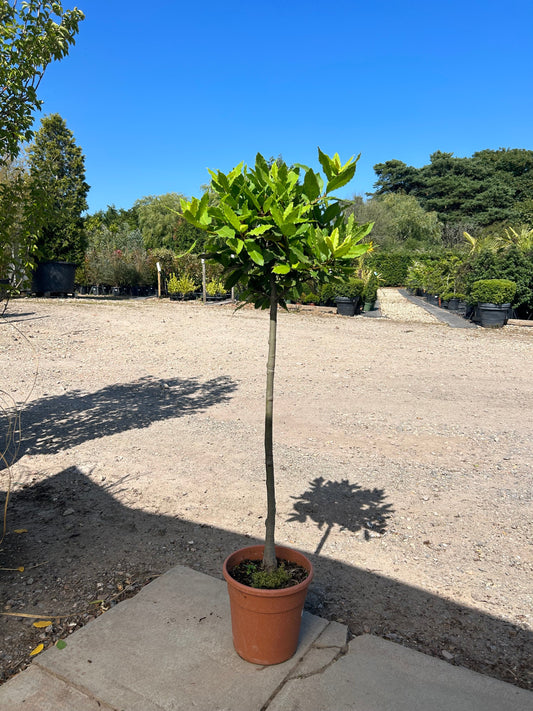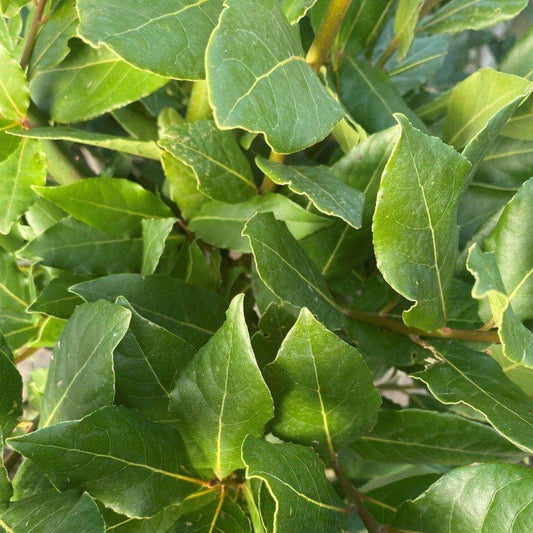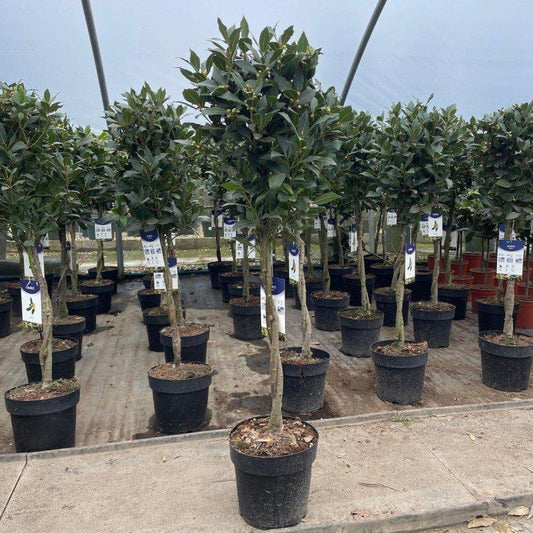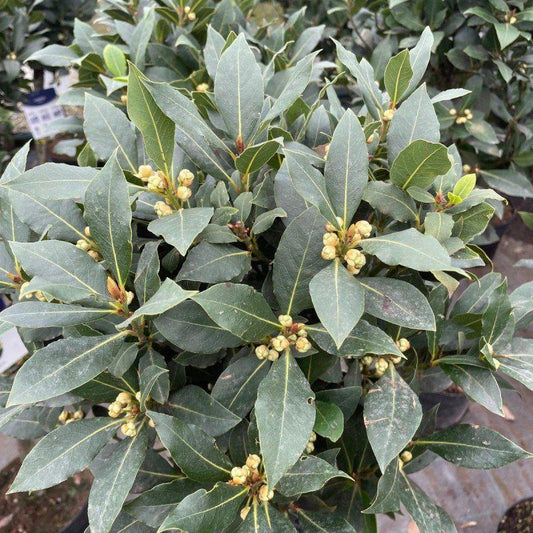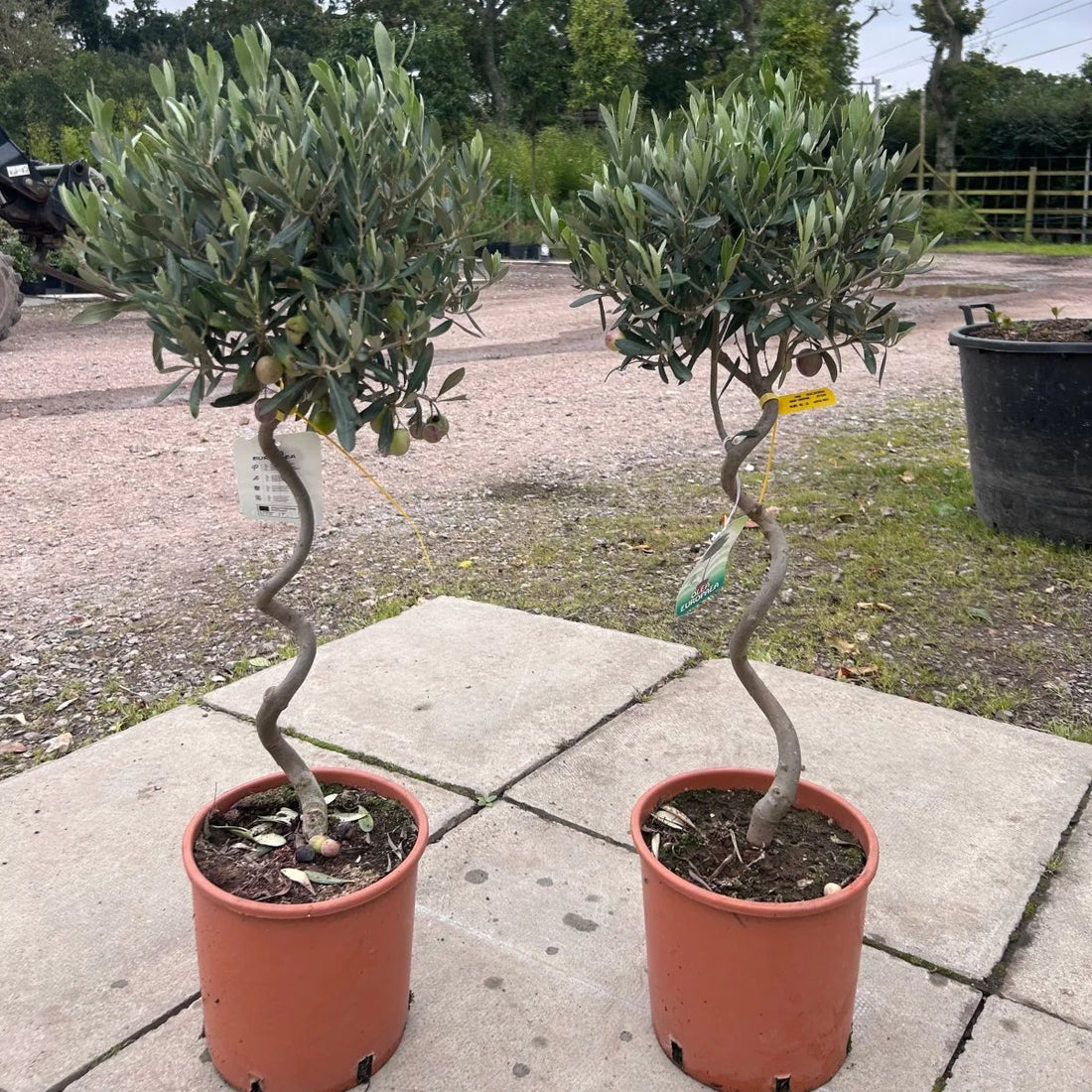Olive trees are not only prized for their culinary uses but also valued for their ornamental beauty in landscaping. Whether you're designing a residential garden or a commercial outdoor space, incorporating olive trees can add charm, elegance, and a touch of Mediterranean flair. In this article, we'll explore creative landscaping ideas featuring olive trees, along with tips on design, placement, and maintenance to help you create stunning outdoor environments that leave a lasting impression.
Olive Tree Landscaping Ideas
1. Mediterranean Oasis
Transform your outdoor space into a Mediterranean-inspired oasis by planting a grove of olive trees amidst lavender, rosemary, and colorful flowering plants. Create meandering pathways lined with gravel or cobblestones, and add rustic accents such as terracotta pots, wrought-iron furniture, and a bubbling fountain to complete the ambiance.
2. Urban Courtyard
Incorporate olive trees into urban courtyards and rooftop gardens to bring a touch of nature to city living. Plant olive trees in large, decorative containers and surround them with lush foliage plants and cascading vines. Install cozy seating areas with comfortable outdoor furniture to create inviting spaces for relaxation and socializing.
3. Tuscan Terrace
Design a Tuscan-inspired terrace featuring olive trees, terracotta planters, and warm earth tones. Use low-growing shrubs and ground covers such as thyme and sage to frame the base of the olive trees, and add accents such as clay amphorae, stone urns, and wrought-iron trellises to evoke the charm of the Italian countryside.
4. Coastal Retreat
Create a coastal retreat by planting olive trees along sandy dunes or rocky cliffs overlooking the sea. Pair olive trees with salt-tolerant plants such as lavender, agapanthus, and sea oats to enhance the coastal theme. Incorporate driftwood, beach stones, and weathered drifts into the landscape to evoke a sense of beachside serenity.
5. Formal Garden
Integrate olive trees into formal garden designs to add structure, symmetry, and elegance. Plant olive trees in rows or geometric patterns, and surround them with neatly clipped hedges, manicured lawns, and classic statuary. Incorporate gravel pathways and formal parterre gardens for a timeless and sophisticated look.
Tips for Design, Placement, and Maintenance
Design Tips
Achieving a successful landscape design incorporating olive trees requires attention to balance, proportion, and visual appeal. Here are some tips to consider:
- Balance and Proportion: Maintain balance and proportion in your landscape design by carefully spacing olive trees and other plantings to create visual harmony.
- Layering: Create depth and interest by layering plants of varying heights, textures, and colors around olive trees to add dimension to the landscape.
- Focal Points: Use olive trees as focal points or anchor plants in your landscape design to draw the eye and create a sense of cohesion.
Placement Tips
Proper placement of olive trees is essential for their health and aesthetic impact. Consider the following tips when selecting planting locations:
- Sun Exposure: Choose sunny, well-drained locations for planting olive trees, as they thrive in full sunlight and require good air circulation to prevent disease.
- Spacing: Allow ample space between olive trees to accommodate their mature size and ensure proper air circulation and sunlight penetration.
- Views and Vistas: Position olive trees strategically to frame views, create privacy screens, or enhance focal points in the landscape.
Maintenance Tips
Maintaining olive trees requires regular care and attention to ensure their health and vitality. Here are some maintenance tips to keep in mind:
- Pruning: Prune olive trees annually in late winter or early spring to maintain their shape, promote air circulation, and remove dead or diseased branches.
- Watering: Water olive trees deeply and infrequently, allowing the soil to dry out between waterings to prevent root rot.
- Fertilization: Apply a balanced fertilizer formulated for fruit trees in spring to promote healthy growth and fruit production.
Frequently Asked Questions (FAQs)
-
Are olive trees suitable for landscaping in colder climates? While olive trees prefer warm, Mediterranean climates, some cold-hardy varieties can tolerate temperatures down to -10°C (14°F) with proper protection during winter months.
-
Do olive trees require special soil conditions for landscaping? Olive trees thrive in well-drained, alkaline soil with a pH between 6.0 and 8.5. They prefer sandy or loamy soil with good drainage and do not tolerate waterlogged conditions.
-
How tall do olive trees typically grow in a landscaping setting? In landscaping settings, olive trees can range in height from 10 to 25 feet, depending on the variety and growing conditions.
-
Do olive trees produce fruit in landscaping applications? Yes, olive trees grown in landscaping settings can produce fruit under favorable growing conditions, adding an ornamental and edible element to the landscape.
-
How often should olive trees be pruned in a landscaping setting? Olive trees should be pruned annually in late winter or early spring to maintain their shape,
-
Can olive trees be planted in containers for landscaping? Yes, olive trees can be planted in containers for landscaping, making them suitable for patios, balconies, and other small spaces. Choose dwarf or compact varieties for container planting and ensure adequate drainage to prevent waterlogged soil.
-
Do olive trees attract pests or diseases in landscaping settings? While olive trees are relatively pest and disease-resistant, they may occasionally be susceptible to pests such as olive fruit flies or diseases such as olive knot. Regular monitoring and proper cultural practices can help prevent and manage pest and disease issues.
-
Can olive trees tolerate drought conditions in landscaping? Yes, olive trees are drought-tolerant once established and can withstand periods of dry weather without supplemental irrigation. However, young olive trees may require regular watering until they become established.
-
Are olive trees suitable for xeriscaping or low-water landscaping? Yes, olive trees are well-suited for xeriscaping or low-water landscaping due to their drought tolerance and minimal water requirements once established. Plant them in well-drained soil and avoid overwatering to conserve water and reduce maintenance.
-
Do olive trees require pollination for fruit production in landscaping settings? While some olive tree varieties are self-pollinating and can produce fruit without cross-pollination, others may benefit from planting multiple trees to ensure adequate pollination and fruit set. Check the specific pollination requirements of the olive tree variety you choose for your landscaping project.
Conclusion
Incorporating olive trees into your landscaping design can elevate the aesthetic appeal of your outdoor space while adding a touch of Mediterranean charm. Whether you're creating a lush garden retreat, a tranquil coastal escape, or a formal urban oasis, olive trees offer versatility, beauty, and a sense of connection to the natural world. By following the tips and ideas outlined in this article, you can create stunning outdoor environments that inspire and delight for years to come.


